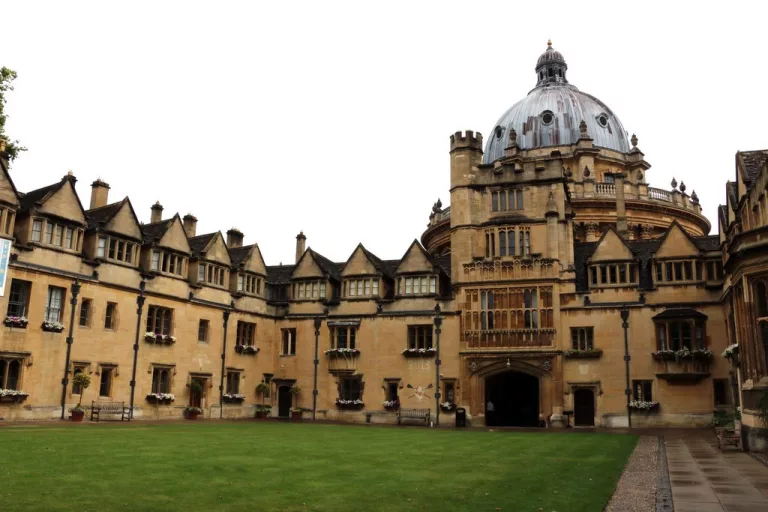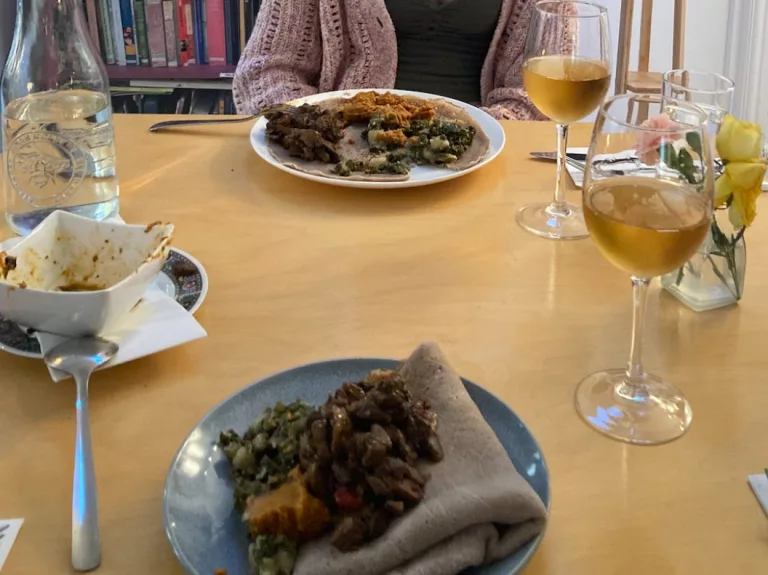“Oxford is committed to ensuring that no one who is offered a place is unable to study here for financial reasons.” The financial anxieties of those browsing the Oxford University website will likely be soothed by such a reassuring message, highlighting the institution’s commitment to accessibility. The prospective international student may later be a bit confused by the Undergraduate Financial Guide, circulated across the different colleges at the beginning of the year. When advising students on how to assess financial struggles, the document simply asks: “Did you ensure that you would have sufficient funds to cover all costs before you came to Oxford?” If there was any hope of softening the financial blow of overseas tuition, it is surely long gone.
Oxford is undoubtedly expensive. Whether from the UK or overseas, university in general is always an extra expense for all, in tuition and in living costs. It doesn’t help that, at £9,250 per year, UK higher education is among the most expensive in Europe (for its own home students!). Consequently, the satisfaction of getting accepted can be eclipsed by concerns about covering the costs. Financial anxieties are a reality for the vast majority of students; these worries are certainly not alleviated for international students, who must come to terms with the fact that the already daunting price of Oxford can be more than four times higher. Course fees for 2024 range from £33,050 to £48,620, and even the less expensive humanities degrees, like History or Law, remain at £38,550.
On top of the significant fee increase, overseas applicants cannot access the state-funded UK student finance scheme, or even Oxford-specific bursaries. We have no general financial assessments or needs-based loan schemes. I remember studying for some of my last high school exams and procrastinating by using the scholarship search tool on the Oxford website. Unsurprisingly, the results came up blank every time. International students are limited to the very few private funds designed by individual alumni or external organisations that offer limited grants targeted to specific groups, like nationals of certain countries or particular degrees. If you don’t fall under the eligibility requirements, there is nothing else the University will do. The widest grant available is Reach Oxford, which includes a list of ‘low-income countries.’ Regardless, only around three of these grants are given each academic year, and the eligibility requirements automatically exclude many countries.
Clearly, financial support for international students is less than ideal, and many resort to private loans (and possibly lifetime debt?). But, in the commendable effort of advocating for much-needed change, some arguments for financial support for international students make the mistake of disregarding the importance given to home students. Oxford University is a public institution, so a significant proportion of its funding comes from the state; more than £100 million a year come from the UK public sector just in research funds, per the University’s Financial Statements. Oxford is funded by taxpayers’ money, a demographic in which international students are not included. A university like Oxford, where excellence is possible precisely because of the British population’s financial contribution, must commit to ensuring the highest level of accessibility for home students. The support given to home students is still not perfect, and it is surely reasonable for UK universities to focus on access for UK students.
However, it seems nonsensical to accept that a University with an endowment of £1.7bn can only choose between one or the other. An institution that boasts about the large proportion of international students within its student population cannot afford to leave them to fend for themselves. If Oxford wants a shiny website advertising a “ready-made international community” and a commitment to making “significant contributions to society – locally, nationally and internationally”, then improving support for home students should not come at the cost of ignoring access issues for international students.
From conversations with other international students, some of the frustration caused by the lack of resources has been inevitably directed back to our home countries. Oxford is a competitive university, and it’s easy to question why our governments won’t encourage us to get a good education and fund our degrees. But this is naïve: if your home country refuses to finance your Oxford degiree, it’s likely because it already has decent (or good, or excellent) public universities. A case may be made for STEM students, but what does an EU country like mine have to gain from my post-Brexit, English law degree?
However, international students are not the only ones who benefit from studying here. At the end of the day, an overseas student is just like any other. Applicants receive offers based on their potential, regardless of origin. Presumably, any university will want to help the people it selects to actually be able to study there. Advertising a competitive admissions process would, in the same way, surely mean that there is interest in hosting those who succeed in it.
It is also simply not accurate to say Oxford is only interested in international students for the high fees – before Brexit became effective, EU students paying home fees were still consistently being accepted. But even if this were true, I don’t think anyone expects international tuition fees to suddenly drop to £9,250. A general, needs-based student loan system for overseas students from any country would allow for some financial relief for students (without doing away with higher fees altogether).
Additionally, diversity is beneficial to any university campus, a goal towards which support for overseas students is also key. As the University tries to fight its elitist reputation, it seems counterintuitive to restrict international entry only to those who are privileged enough to pay out of pocket while pushing any others towards substantial debt.
Studying abroad is supposed to be a uniquely enriching experience, which Oxford prides itself on providing for international students. But, with a lack of financial support, the University simultaneously continues to cater this opportunity to a select few. The financial treatment of international students is both exploitative and hypocritical, especially coming from an institution that seems to milk its image as a global community.











